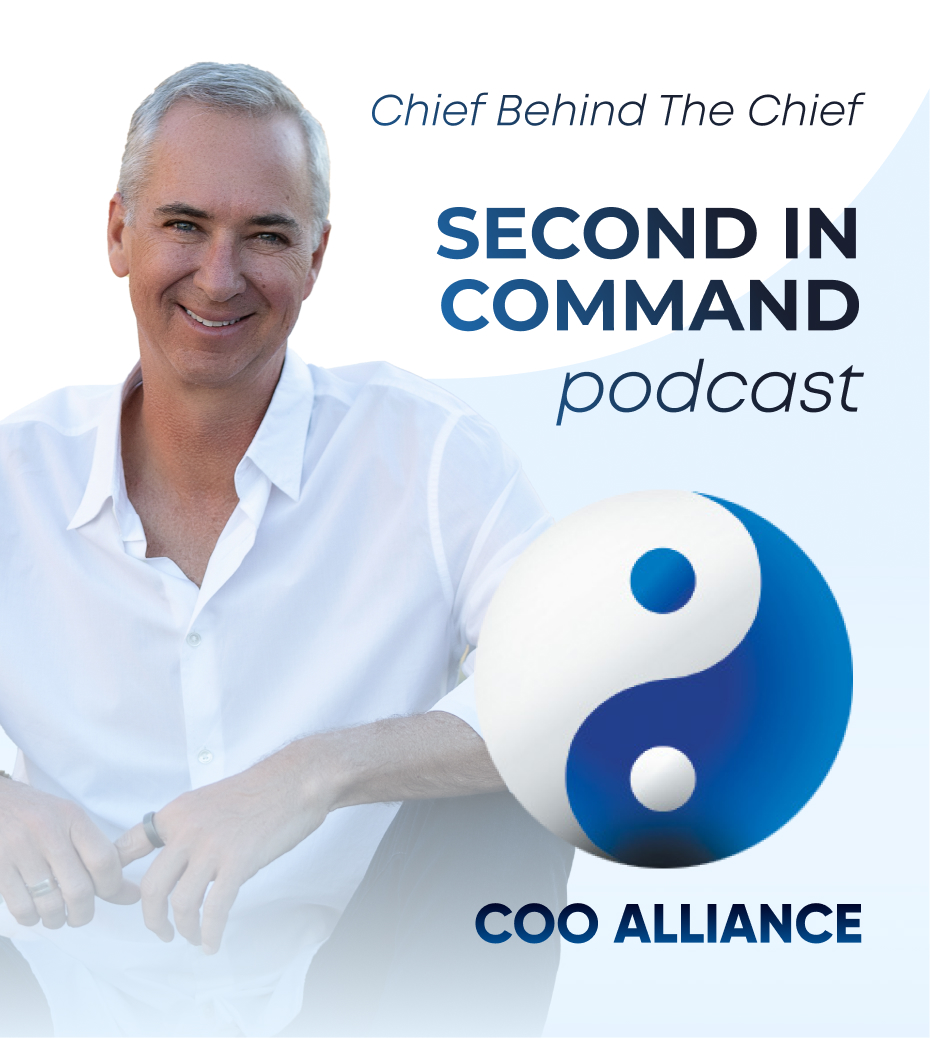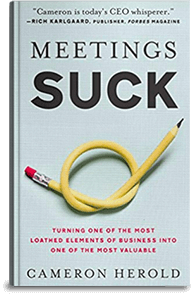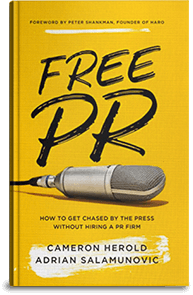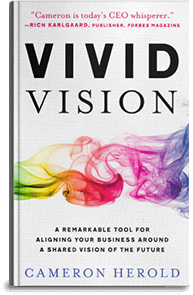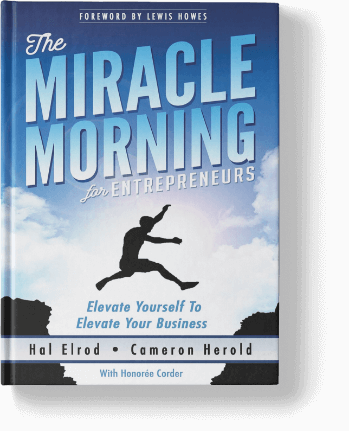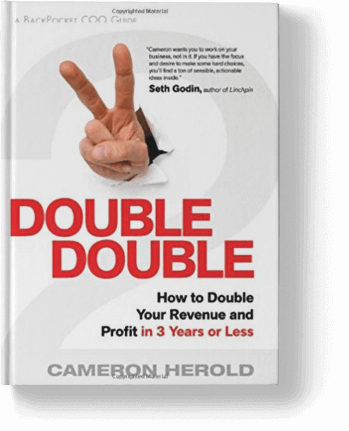It’s no question that thinking ahead is important for everyone, but especially for leaders and businesses. The question is, how far should you think ahead? Is there such a thing as thinking too far ahead?
We’ve all been in job interviews and fielded the inevitable question, “Where do you see yourself in five years?” It’s a tough one to answer without appearing too ambitious or too complacent.
But that’s not all. This question is flawed for a whole other reason. In a world as fast-paced as ours, how on earth can you accurately describe where you’ll be in five years?
The World is Changing Faster Than Ever Before
If someone had told you five years ago that you’d be unlocking your phone with face recognition, choosing between a billion streaming platforms to watch a movie on, and spending hours scrolling through Instagram, would you have believed them?
At the rate of change we’re seeing now, you could very well be married to a robot and living on Mars in five years.
That’s why there is such a thing as thinking too far ahead. Instead of looking five years into the future, try three. That’s the perfect length of time for any leader to think ahead, especially when creating their Vivid Vision®.
The Three Year Vivid Vision®
When creating a Vivid Vision® for your company, three years is far enough into the future to allow for some optimistic dreaming, but short-term enough to avoid having technological advancements make your plans seem dated and useless.
Trying to visualize where your company will be further out can get overwhelming. There are too many factors to consider, too much to cover, and too many contingencies to build in. Do all the work to plan what your company will look like in 10 years, then watch as it all crumbles to the ground when some MIT grad comes along and invents some revolutionary technology that completely changes the game. Think ahead, but not too far ahead.
Three Years is Plenty of Time to Make it Come True
Three years means you won’t have to continually undergo the process of reworking your Vivid Vision®. It’s a good idea to begin working on your Vivid Vision® about six months before the existing one is complete. That’ll give you plenty of time to make the old one come true before the new one comes into play.
Hopefully, you’ve hired ambitious people, too. A shorter-term Vivid Vision® allows them to advance and move up in rank without disrupting your plan. If you try to forecast further out and share a vision of the company that doesn’t accommodate growth for certain employees. You might find yourself losing talent.
Young, ambitious, entrepreneurial-type employees that got where they are by always looking into the future are great kinds of people to work with, but it can be difficult to get them to scale back and focus on only the next three years. Explain it to them like this: in order to create your Vivid Vision®, you have to keep one foot planted in the present and lean out to test the soil in the future with your other foot. If you lean out too far, you’ll fall down.
So don’t think ahead of yourself. Craft your Vivid Vision® three years out and get to work making it come true. Those 36 months will be over before you know it!
How far do you think ahead? Does it work for you? Let us know in the comments below!
If you have questions or would like more information, I’d be happy to help. Please send an email, and my team will get in touch with you!
Editor’s Note: This post was originally published in June 2016 and has been edited for accuracy and comprehensiveness.
